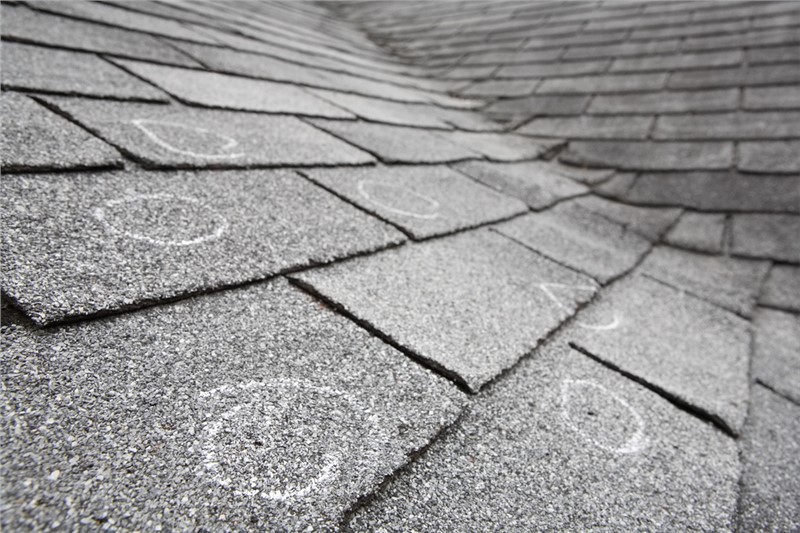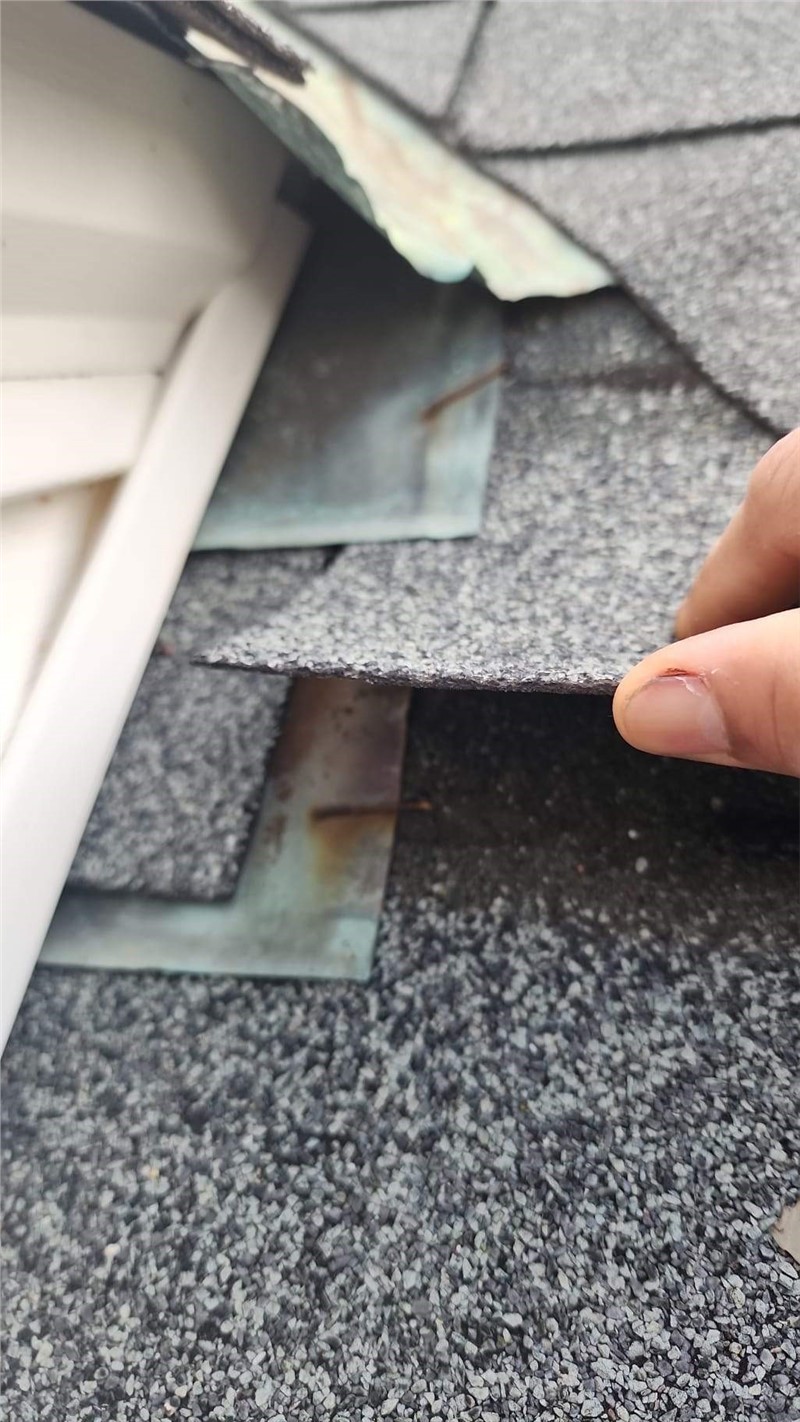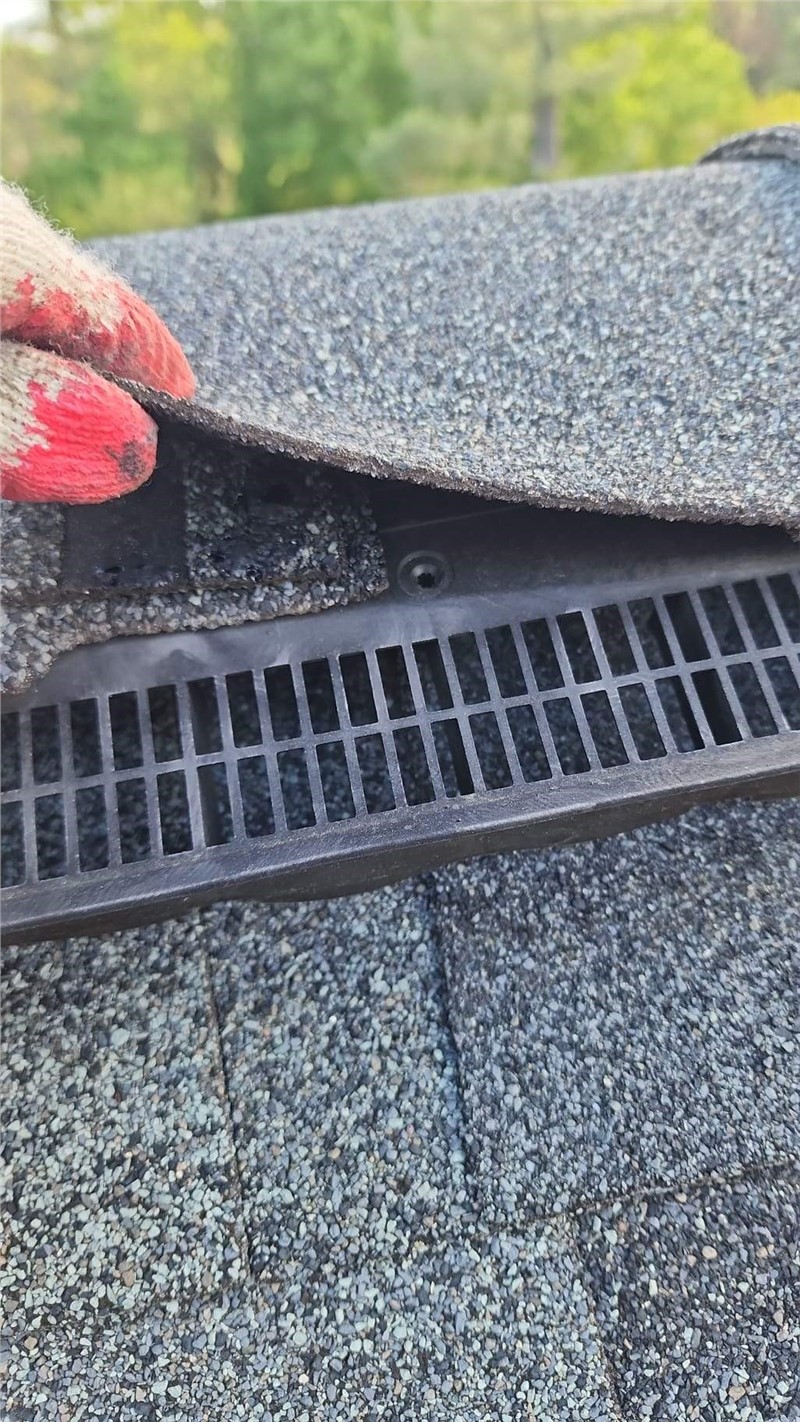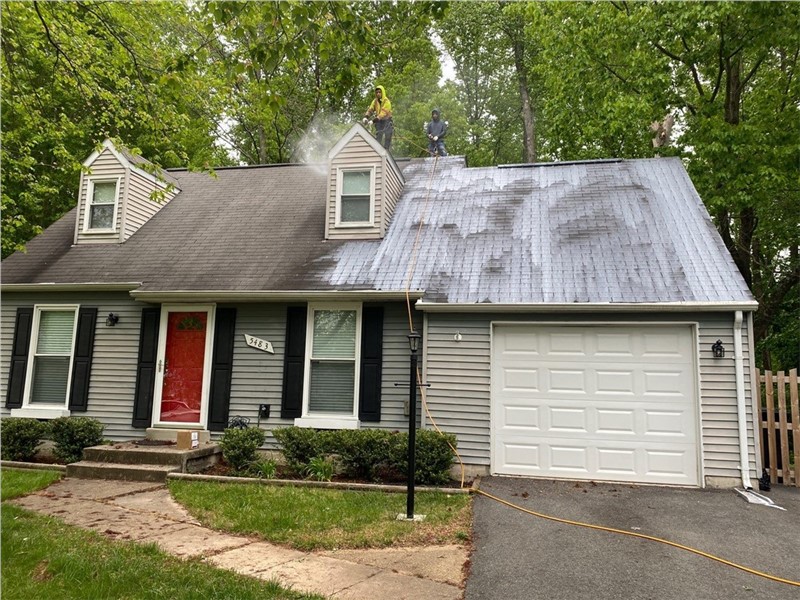
Regular exterior and interior inspections are an important aspect of homeownership. Keeping your home up-to-date, functional, and beautiful is critical to the health of your home investment and can also dramatically influence the future value of your home should you decide to sell it in the future.
One of the most important parts of the home to keep updated and well-maintained is your roof, especially after storms and adverse weather conditions. After all, the roof of your home is the first and best line of defense against the elements. Protecting it from damage and repairing issues as they arise is the most effective way to protect your home now and in the future.
For a roof, there is nothing as potentially destructive as a storm. While roofs are built and installed with storm protection in mind, they aren’t foolproof against a possible need for roofing storm repair should damage occur. If this is the case, your best bet is to call a professional exterior renovation company like DreamHome Remodeling to handle your roof emergency. Before you make the call, it’s important to understand how a storm can hurt your roof and the signs to look for when checking for damage.
When Storms Cause Damage to Your Roof
Not all storms are created equal. From regular thunderstorms to hurricanes, to hailstorms and blizzards, there is a large range of severity and possible damage possible when it comes to your roof.
However, even the lightest rainstorms can cause damage to your home. Here we’ve outlined the most common ways storms bring damage to the roof below:
Signs You Have Roof Damage
Chances are that with most storms your roof is perfectly fine. After all, even the lowest-quality roof installations are primarily designed to withstand storms. However, this is only true to a point, and over time the roof becomes weaker and more susceptible to damage. This is exacerbated in areas with frequent storms.
A list of the most common types of roof damage is provided below:
- Material Problems: This involves the flashing, which is the metal responsible for connecting everything together. The chimney, skylight, additional stories, and more are all connected by flashing, which can become corroded or crack after storms. After a storm has occurred is the time to check on your shingles and verify that the granules are intact and have not been removed or forced into a curled position. For the homeowner, that has tile instead of shingles, they will want to check for any cracks in the tile.
- Trees and High Wind Damage: In some storms, it’s possible for tree limbs to hit the roof. A good rule of thumb for avoiding this is to trim away any branches that are within 10 feet of the home. In the event that wind speeds were unusually high, you will want to check for debris along with any cracks or holes in the roof. In addition, check for broken fascia boards and other roofing materials that indicate damage.
- Wildlife: Wildlife such as squirrels, rodents, insects, birds, and other creatures can find shelter during storms in nooks and crannies in your roof construction. Animals and insects can cause major damage to the rooftop. When inspecting the roof for signs of wildlife it’s important to check the attic for cracks and holes where tiny animals might have burrowed in and taken up residence.
- Moss and Fungi: A good sign you have roof damage is when there are moss and other fungi growing on the roof. This usually occurs because the shingles have become loose enough to allow water to remain trapped instead of draining away like they are supposed to. When inspecting the roof, it’s recommended to check for any signs of trapped moisture.
Check for Damage with DreamHome
The states of Virginia and Maryland see a lot of storms throughout the year. Everything from hurricanes to snowstorms is possible and as your Maryland and Virginia roofer, we understand what is needed to ensure that your roof remains functioning and beautiful in the face of the strongest storms. The team at DreamHome brings unmatched expertise in providing any needed roofing storm repair to get your home back to pre-storm condition.
Ready to look into roofing storm repair? Give us a call to speak with one of our agents about our professional roofing services or fill out our online form to schedule your free quote.
Tags
Subscribe to DreamHome, Inc.'s Blog




